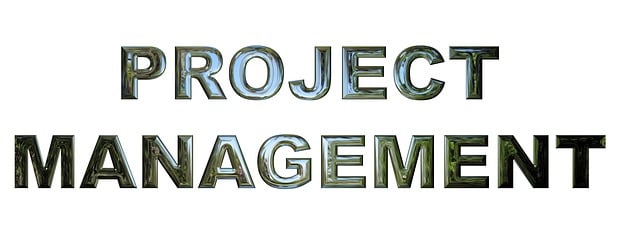In dynamic real estate, long-term preservation requires a multi-faceted approach including regular maintenance, code compliance, diversification, market trend awareness, strategic tenant management and comprehensive lease agreements. Effective strategies safeguard investments, ensure property value and foster profitability for landlords.
In the dynamic realm of real estate, preserving a landlord’s investment over the long term is paramount. This article explores strategic strategies and effective practices designed to safeguard and enhance property values. By delving into understanding market trends, implementing robust management techniques, and prioritizing key protection factors, landlords can ensure their investments thrive for years to come. Discover insightful tips tailored for navigating the ever-changing landscape of real estate.
Understanding Long-Term Preservation Strategies in Real Estate

In the dynamic realm of real estate, understanding long-term preservation strategies is paramount for both landlords and investors. Preserving a landlord’s investment over time involves a multifaceted approach that extends beyond immediate financial gains. It entails implementing strategies that safeguard the property’s value, mitigate risks, and ensure its longevity in an ever-changing market. This includes regular maintenance and repairs to keep the property in top condition, as well as staying abreast of evolving building codes and regulations.
Diversification is another key element in long-term preservation. Landlords can protect their investments by owning properties in various locations or asset classes, such as residential, commercial, or industrial real estate. This reduces the risk associated with any single property or market segment. Additionally, staying informed about market trends, economic indicators, and demographic shifts allows landlords to make data-driven decisions that enhance their portfolio’s resilience and potential for sustained growth.
Key Factors to Ensure Landlord Investment Protection

Protecting a landlord’s investment in real estate is paramount for ensuring long-term profitability and stability. Several key factors play a crucial role in this endeavor, from meticulous property management to strategic tenant selection. Regular maintenance checks and prompt issue resolution are essential to prevent minor problems from escalating into costly repairs. Additionally, staying updated with local market trends helps in setting competitive yet fair rental rates, balancing the need for profitability with tenant satisfaction.
Another vital aspect is establishing clear and comprehensive lease agreements that outline expectations, responsibilities, and consequences for both parties. This includes details on security deposits, rent payment terms, and procedures for handling damage or vacancy. Lastly, diversifying the investment portfolio can mitigate risks; owning multiple properties in different locations or asset classes can protect against any single investment’s adverse performance.
Effective Management Practices for Sustaining Property Value

In the realm of real estate, effective management practices are instrumental in preserving a landlord’s investment over the long term. Regular maintenance and timely repairs are non-negotiable; addressing issues promptly prevents minor problems from escalating into major, costly repairs. A well-maintained property not only retains its value but also attracts and retains tenants, which is key to steady income streams.
Additionally, staying abreast of market trends is vital. Adapting to changing demands in the real estate landscape enables landlords to make informed decisions about rent adjustments, property upgrades, or even diversification into new investment opportunities. Regular inspections, detailed records-keeping, and open communication with tenants contribute to a harmonious relationship, fostering an environment conducive to long-term property preservation and value growth.






